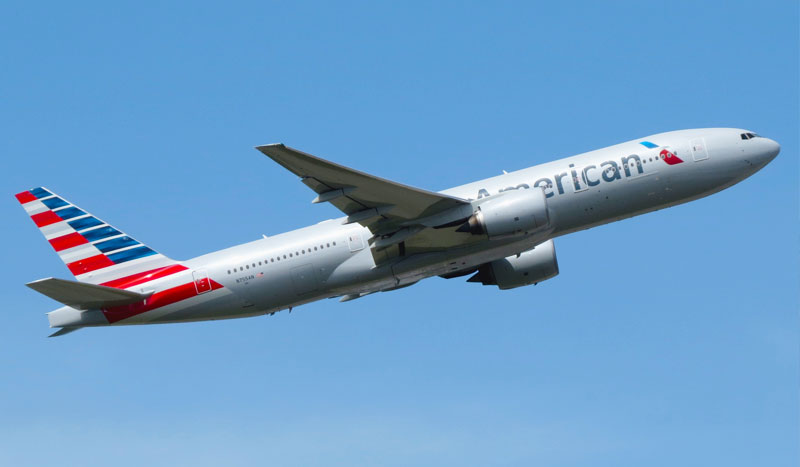
American Airlines, one of the nation’s largest carriers, released bullish news on May 9, boosting its TRASM guidance as April passenger volumes jumped from last year. As ETF Daily News reports, the U.S. Global Jets ETF (NYSE: JETS) jumped to a new 52-week high following the news. American is one of the top four holdings in the airline industry-related ETF. The positive news sent shares of American over 3 percent that morning, with several of its competitors benefiting from the move as well.
READ THE ARTICLE FROM ETF DAILY NEWS
Article summary written by U.S. Global Investors.
Past performance does not guarantee future results.
Please click here for standardized performance.
The performance data quoted represents past performance. Past performance does not guarantee future results. The investment return and principal value of an investment will fluctuate so that an investor’s shares, when sold or redeemed, may be worth more or less than their original cost and current performance may be lower or higher than the performance quoted. For performance data current to the most recent month-end please call 844. ETF.JETS (844.383.5387) or visit www.usglobaletfs.com.
All opinions expressed and data provided are subject to change without notice. Opinions are not guaranteed and should not be considered investment advice. By clicking the link(s) above, you will be directed to a third-party website(s). U.S. Global Investors does not endorse all information supplied by this/these website(s) and is not responsible for its/their content.
The S&P 500 Stock Index is a widely recognized capitalization-weighted index of 500 common stock prices in U.S. companies. It is not possible to invest directly in an index.
Total revenue per available seat mile (TRASM) is calculated by dividing total operating revenue by available seat miles. Typically the measure is presented in terms of cents per mile.
Revenue passenger miles (RPMs) and revenue passenger kilometers (RPKs) are measures of traffic for an airline flight, bus, or train calculated by multiplying the number of revenue-paying passengers aboard the vehicle by the distance traveled.
